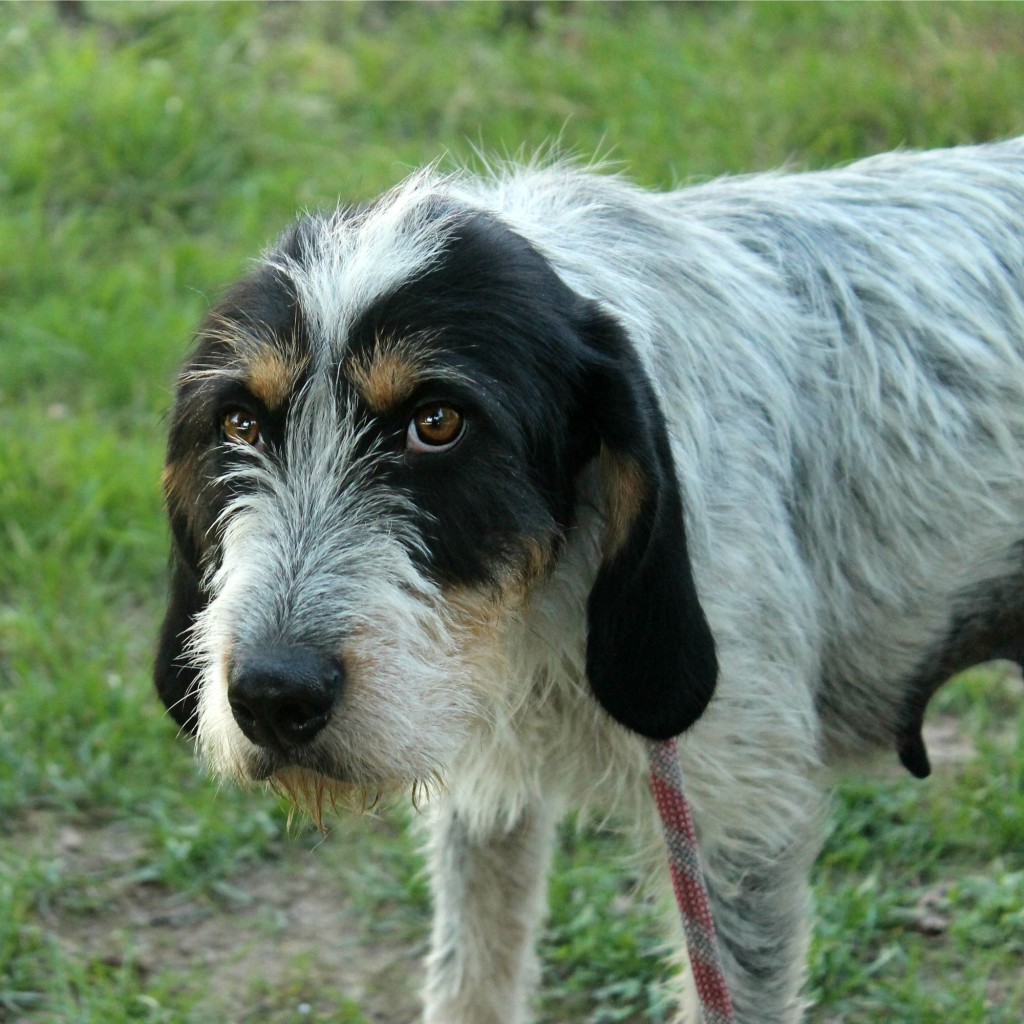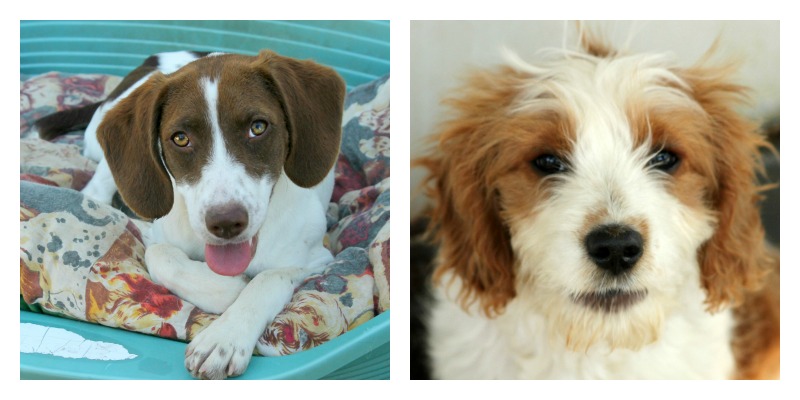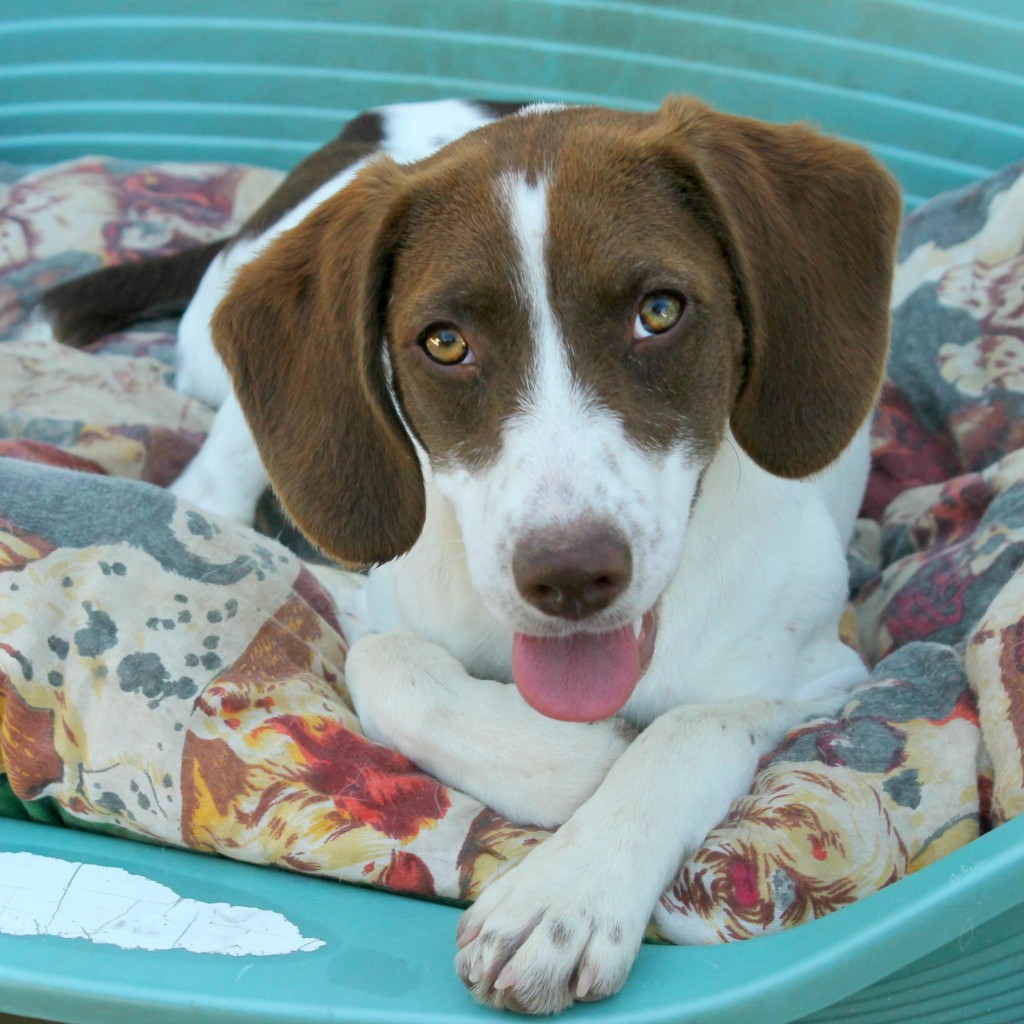What to do if you find a stray dog in France.
Summary
- If you can easily catch the dog with no threat to your person, check if the dog has a collar tag and call the owner if so.
- If the dog has no collar or you cannot safely catch the dog, report the dog/take the dog to the mairie of the commune in which the dog was found. In lieu of this, you may also wish to try a local vet or the gendarmerie. N.B. please do not take the dog directly to the pound (fourrière) yourself. If you cannot easily trap the dog yourself, contact the mairie or the emergency services directly.
- Assist in sharing announcements locally and online. Posting signs in the neighbourhood and leaving details with local post office workers/police officers/bakers or delivery vans can also work. Local vets are also an option.
From stray to shelter
It is quite common in France to see a wandering dog. Please bear in mind that you are under no obligation to try and catch a dog. Not only that, you may find yourself with injuries from dogs who may not wish to be caught or may be aggressive with strangers. Many dogs are very capable of returning home without intervention and it can be tricky to know if you are picking up a stray or if you are interrupting the morning constitutional of a dog who walks himself. If the dog is moving cheerfully and purposefully, it probably knows where it is. It is worth keeping an eye on this dog from a distance. If the dog is slow, approaches you, seems lethargic, distressed or injured, or is out late at night or on a busy road, it is worth intervening. A collar is often a sign that the dog has caring owners who would like it back, especially one with a tag. Dogs without collars are statistically more likely to have been abandoned rather than straying.
If you are having any trouble catching a stray dog, but you are sure the dog isn’t likely to find its own way home easily or safely, there are options you can take.
Your first port of call for any animal found straying on public land is to contact the mairie of the commune. Only the maire or his staff have the power to seize or order the seizure of a stray animal. The emergency services can act in their place if the mairie is shut. Usually, once notified of a stray, they will send out an employee of the commune who is charged with the apprehension of stray animals. Sometimes they will contact the pound (fourrière) for assistance, or may ask the chasse association or a local vet. Once the animal is picked up, the maire calls the local pound who have responsibility for stray animals and the animal will pass to the local pound. Please do not try to capture a dog who seems very timid or very aggressive. The pound staff are very skilled in handling dogs and could save you from a nasty injury.
If your mairie are a little reticent in helping, you may find your local chasse master or mistress is a great help. They may be able to help you or lend you humane traps. You may wish to contact the fourrière to borrow a humane trap but bear in mind that few are big enough for dogs larger than a labrador. Your local vet may also have traps.
If you manage to catch an animal that is straying, your obligation is to take it to the mairie of the commune in which the animal was found. You may also want to take it to a local vet to see if they have a tattoo or electronic chip registered to a particular owner, but please understand that the vet may or may not know the legal proceedings if the animal is not registered. Some have good relationships with the pound and may be able to bypass the normal channels, but you are under no obligation to take the animal to the vet. Some vets have an agreement with their local mairie to handle stray animals. You can also take the dog to your local gendarmerie or police nationale, who are often equipped with microchip readers. If the animal is injured a local vet can administer the necessary first aid.
This system is a well-established one and most mairies will not look surprised if you turn up with a dog. Some have special holding areas or kennels particularly designed to keep the dog safe for the short period before the pound arrive to pick up the dog. The maire may also know to whom the dog belongs and may reunite the animal with their owner.
Once the maire has received the dog, most have a contract with a particular pound for collection of stray animals. The dog will pass to the relevant pound. Departments in France have a legal obligation to have a pound to deal with the stray animals.
At the pound, the staff will try every available method to find the owners of the dog. Their first check is for a collar with a phone number, a chip or tattoo. They also have access to national databases and other sites – tools that are much further reaching than those of your local vet. Please bear in mind that sticking a found dog on Facebook will no doubt be a useless undertaking for many older French people and just because a dog isn’t on Chien Perdu doesn’t mean it does not have owners looking for it, albeit in more ‘old-fashioned’ ways.
It is also worth bearing in mind that if you find a dog who is very skinny, it is not necessarily mistreated. It may be old, ill or have been so scared of people that the only way it has allowed itself to come in close enough proximity to be caught is because it is so weak. A healthy, well-nourished dog may hide for weeks and only seek contact or be found when they are too weak to run away. It is also worth remembering that the dog may have travelled a very long way in pursuit of a deer or another dog and can turn up in a pitiful state when lost. Do not keep the dog yourself: this is theft.
You can also be of great assistance by running a publicity campaign online and in your local area to help the pound relocate an owner. Check on Chien Perdu and put up an announcement in ‘chiens trouvés’ if the fourrière haven’t already done so. Contact Pet Alert for your department on Facebook. (e.g. Pet Alert 16) and for neighbouring departments. Check the refuge website (do a search for ‘fourrière’ or ‘syndicat de la fourrière’ plus the number of your department) e.g. fourrière 87 and keep an eye on their website/other social media. Mostly you will find that the fourrière will carry out these activities but you can assist if not. You can also contact ICAD although the fourrière will also do this.
A very useful thing to do is running local campaigns as the fourrières do not have the ability to do this.
What to do if I would like to adopt an animal I have found
For many reasons, people form an emotional bond with stray animals but please remember that the animal does not belong to you, even if unidentified or if paperwork is out of date. Just because the dog is not chipped does not mean there is not a family looking for it and many ‘unidentified’ dogs find their home again. Another reason the dog must pass through the pound is to enforce the laws about animal identification and they can impose a fine on anyone who allows their dog to stray or who has not tattooed or chipped their dog, or kept their records up to date. A final reason is that the pound is the liaison with the state veterinary services who keep an eye on disease. All stray animals must be checked by a vet after 90 days of their arrival in an animal shelter to ensure they have not shown signs of contagious diseases like rabies.
So what happens at the pound?
First, the pound check for owners. They may also be in touch with a large number of other associations and agencies who can help to trace owners or find homes.
Then the pound are responsible for checking the health of an animal.
The animal has a minimum stay of 8 days whilst efforts are made to trace owners. During this time, if you have become attached to the animal, you may ask that their time is spent with you instead of at the pound. You can also make it known that you would like to adopt the animal if its current owners are not found.
After their time in the pound, there are a number of things that can happen. Please remember that departments are under no legal obligation to re-home strays or to have an animal shelter that can rehome animals. Some ‘animal shelters’ are extended pounds who can keep dogs alive until they run out of space. This could be as short as one day or as long as ten years. Some have a relationship with a refuge/SPA (société protectrice animaux) who will attempt to re-home the animal. Some refuges have a policy of euthanasia. Others do not. If you are worried about what will happen once the dog has spent its eight obligatory days in the pound, please ask the pound. This varies from department to department. Do not assume, however, that it is instant euthanasia or that the staff in pounds where euthanasia is a sad necessity are happy to carry out this work.
If the animal passes into a refuge, its chip details will be re-registered, or it will be chipped for the first time. It will also be vaccinated. Its 90-day health monitoring will continue. If the dog is adopted in this time, its new owners become responsible for the 90-day health visit. If the dog is still at the refuge, the refuge staff are responsible for this health check-up.
In the pound, the dog may accumulate fees and fines for their owners. Firstly there is a fine for allowing an animal to stray. Secondly, each day there is a fee for their upkeep. Finally, there is a fine for having a non-identified animal. For this reason, a stray can quickly accumulate many fines and fees and an owner may choose to surrender the animal rather than pay. Some owners are never found. In these cases, the dog passes over to an animal shelter, where one exists. Animal shelters have their own policies and practices for rehoming. Please remember that animal shelters (refuges/SPA) and pounds (fourrières) are legally different entities, even though there is often a strong bond between them and a collaborative approach to the animals in their care. Some pounds and refuges are on the same site which makes it confusing. Although refuge staff can be helpful and redirect you, please understand that there is not much use in contacting your local refuge and that you need to be in touch with the maire.
Your first stop off point is always the mairie of the commune in which the dog was found, who will direct you further if necessary. Unless you choose to intervene further, this is the first and only visit you need to make.




